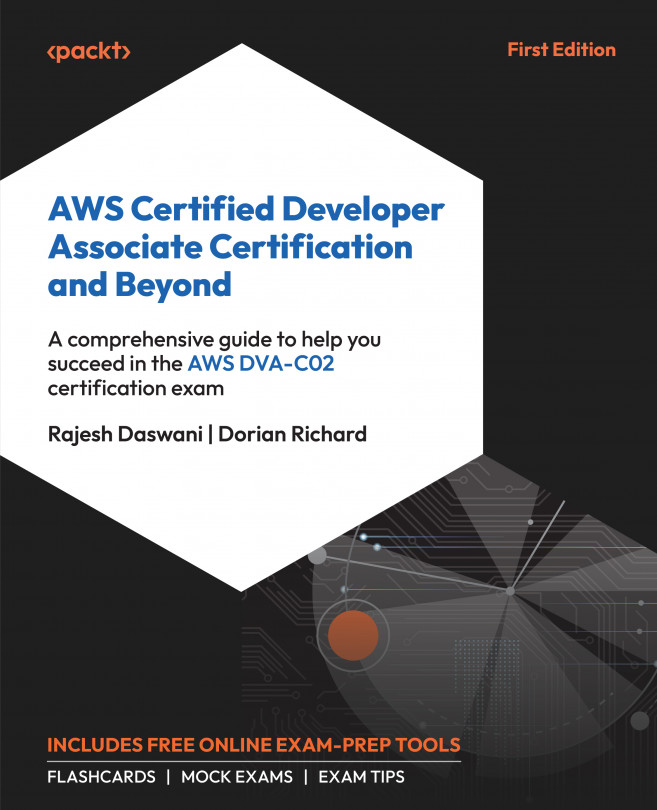Best practices for alert management
Effective alert management is crucial for maintaining a responsive and efficient MLOps environment. However, poorly configured alerts can lead to alert fatigue, overwhelming your team with notifications and potentially causing important issues to be overlooked. This section will cover best practices for setting alert thresholds and strategies to avoid alert fatigue.
Setting appropriate alert thresholds
When configuring alert thresholds, there are several best practices to consider:
- Understand your baseline: Before setting thresholds, monitor your systems for a period to understand normal behavior. This baseline will help you distinguish between regular fluctuations and genuine issues.
- Start conservative: Begin with wider thresholds and gradually tighten them as you gain more insights into your system’s behavior. This approach helps avoid an initial flood of false positives.
- Use dynamic thresholds: Where possible...
































































